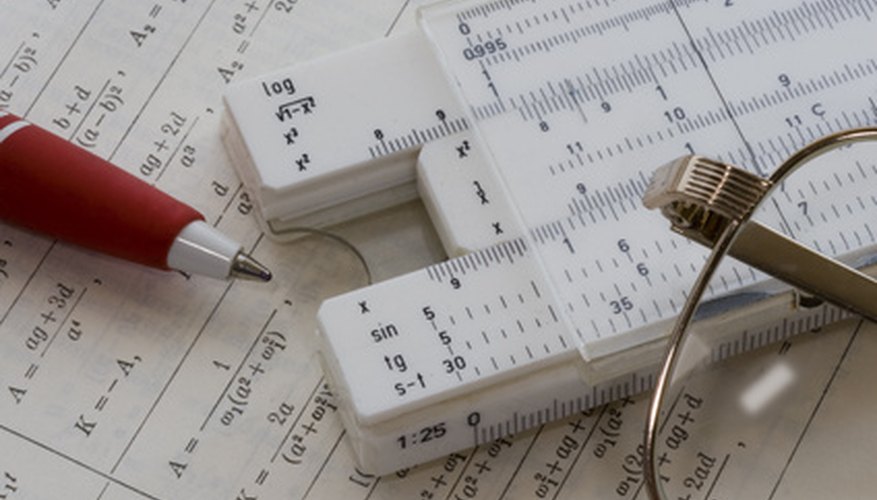Chemistry lab exercises and problems often involve studying the properties of acids and bases. The dissociation constant of an acid or base, Ka, describes how easily it can be broken down from a complex ion to simple ions. Because Ka values are much less than 1, pKa values are more typically reported for ease of notation. Because pKa is defined as the negative logarithm of Ka, conversion from pKa to Ka is a simple matter.
Write down the relationship between pKa and Ka. According to the Chem Tutor website, this is expressed by the equation pKa = -log(Ka). The logarithm of the number in parentheses -- Ka, in this case -- is the power or exponent to which the number 10 is raised to equal that number. For example, log(1000) = 3, because 10^3 = 1000. If the number in parentheses is less than 1, as is always the case with Ka values, the logarithm is negative. For example, log(.001) = -3, because 10^-3 = .001.
- Chemistry lab exercises and problems often involve studying the properties of acids and bases.
- According to the Chem Tutor website, this is expressed by the equation pKa = -log(Ka).
Solve the equation for Ka. Solving the equation involves isolating the desired variable, Ka, on one side of the equal sign. Given that relationship between Ka and pKa is defined logarithmically, we can rewrite the equation from the previous step as Ka = 10^-(pKa).
Find Ka. Substitute your known pKa value into the equation from the previous step. For example, if pKa = 3.26, then Ka = 10^-3.26.
